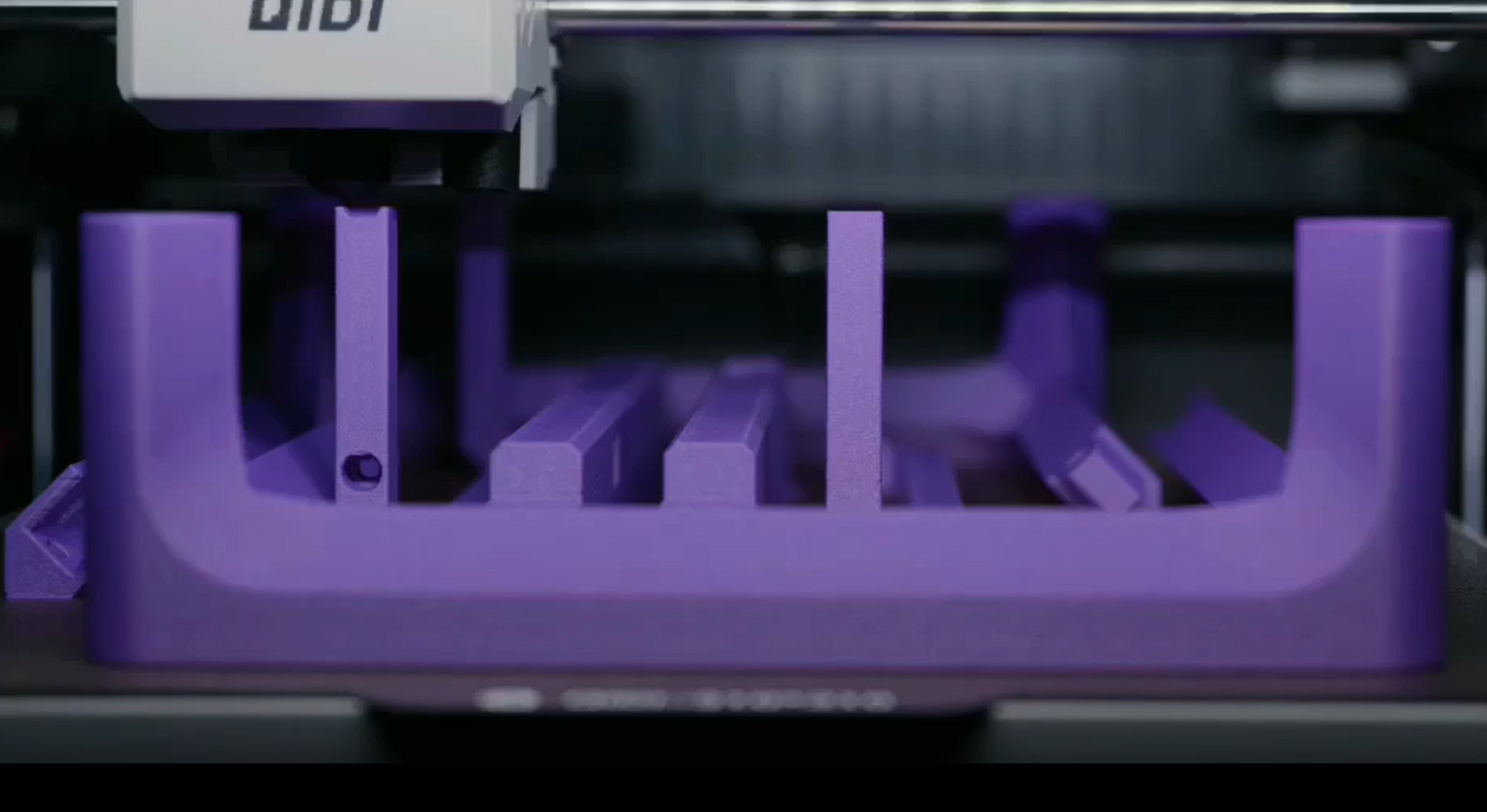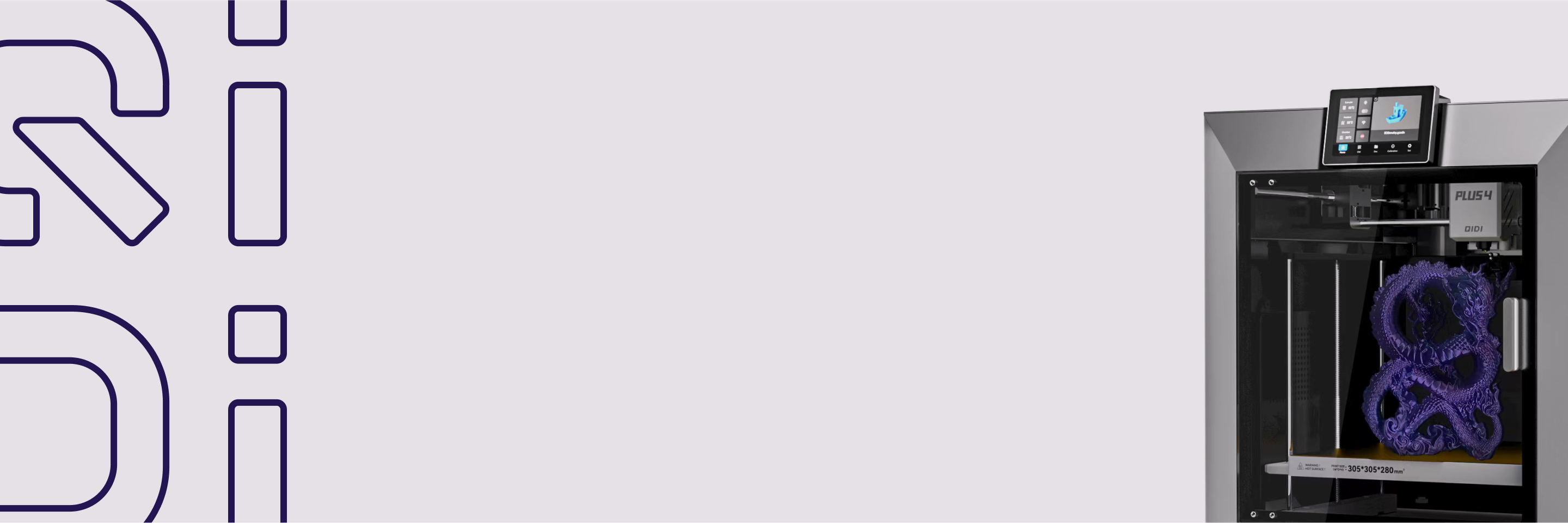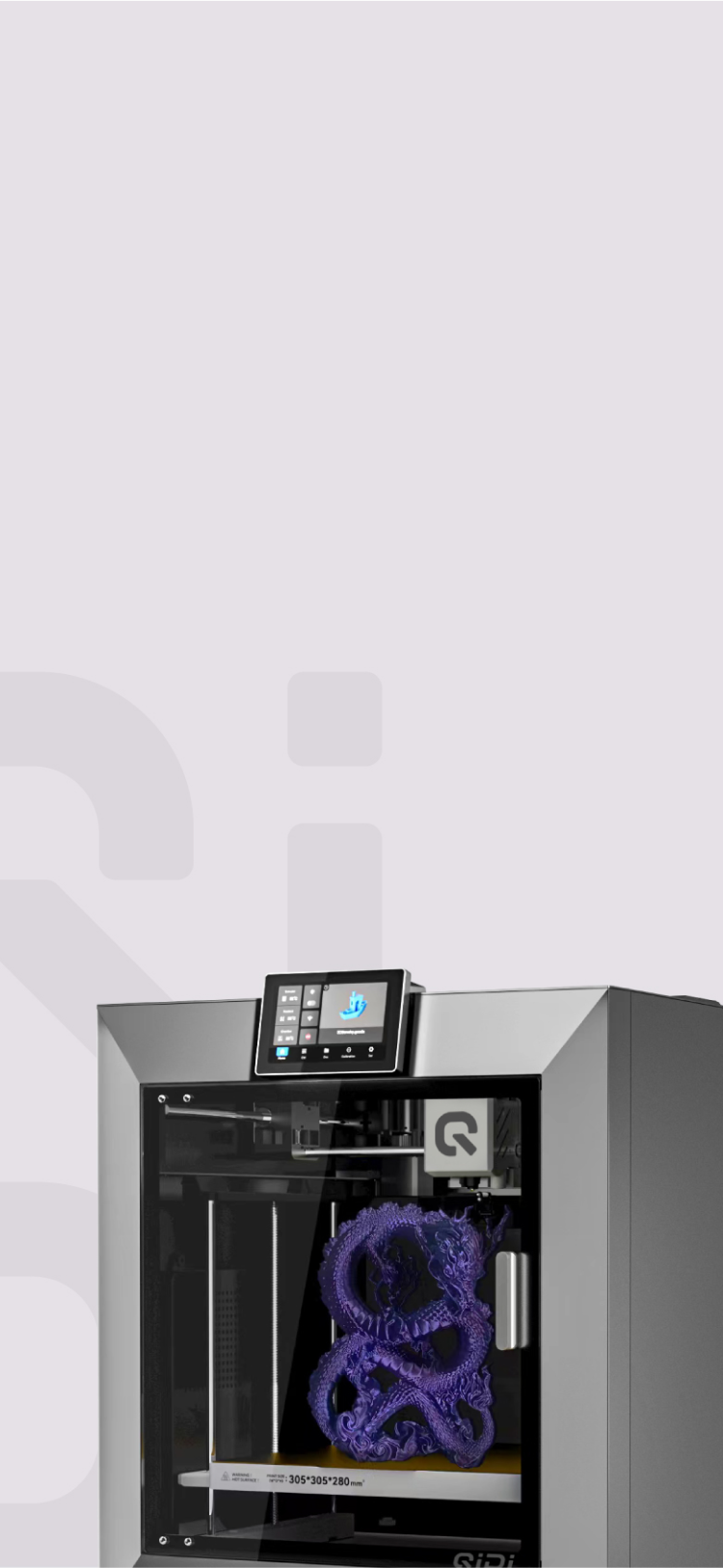3D 프린팅의 최소 벽 두께는 얼마입니까?


3D 프린팅에서 벽 두께는 모델의 성공적인 출력 및 사용 내구성에 직접적인 영향을 미칩니다. 디자인은 충분히 두꺼워야 하지만, 재료 낭비나 출력 시간 초과를 초래할 정도로 두껍지 않아야 합니다. 3D 프린팅 방식에 따라 필요한 벽 두께는 다릅니다. FDM 프린터는 일반적으로 최소 0.8mm 두께의 벽이 필요하지만, 레진 프린터는 0.6mm 두께의 벽을 사용할 수 있습니다. 이 가이드에서는 3D 프린팅 프로젝트에서 벽 두께에 대해 알아야 할 중요한 사항을 설명합니다.
3D 프린팅 벽 두께에 영향을 미치는 주요 요소
성공적인 3D 프린팅에 필요한 최소 벽 두께는 여러 요인이 복합적으로 작용하여 결정됩니다. 적절한 두께는 프린터의 성능, 사용하는 재료, 그리고 부품의 용도에 따라 달라집니다.
3D 프린팅 기술
다양한 인쇄 방법 벽을 얼마나 얇게 만들 수 있는지에 따라 층을 다르게 쌓습니다.
1. FDM
FDM 3D 프린터 노즐 크기가 고정되어 있으며, 견고한 벽을 만들기 위해 여러 번 통과해야 합니다. 최소 벽 두께를 결정할 때 층간 접착 강도가 매우 중요합니다.

2. 서비스 수준 계약(SLA)
SLA(광경화) 프린터는 레이저 정밀도를 활용하여 FDM보다 더욱 정교한 디테일을 구현합니다. 액상 레진의 품질에 따라 레이어 두께가 달라지므로, 작고 섬세한 형상을 제작하는 데 적합합니다.
3. 에스엘에스
SLS(선택적 레이저 소결)는 분말 재료를 사용하며, 입자 크기에 따라 세부 묘사의 크기가 달라집니다. 이 방식은 복잡한 형상을 처리할 수 있지만, 분말을 추가로 제거하면 벽 두께가 제한됩니다.
4. 멀티젯/폴리젯
멀티젯 및 폴리젯 프린터는 잉크젯 프린터와 마찬가지로 정확한 물방울 인쇄 방식을 사용합니다. 다양한 소재를 사용할 수 있지만, 각 소재마다 특정 너비가 필요합니다.
재료 특성
그만큼 3D 프린팅 소재의 종류 선택하는 재료는 최소 벽 두께에 상당한 영향을 미칩니다. 취성 3D 프린팅 재료는 균열 방지를 위해 더 두꺼운 벽이 필요한 반면, 유연한 재료는 형태를 유지하고 휘어짐을 방지하기 위해 더 두꺼운 벽이 필요합니다. 일반적으로 더 강한 재료를 사용하면 강도를 유지하면서 더 얇은 벽을 만들 수 있습니다.
소재마다 열에 대한 저항력이 다르기 때문에 인쇄 및 사용 시 성능에 영향을 미칩니다. 일부 소재는 너무 얇게 인쇄하면 휘거나 뒤틀릴 수 있으므로 필요한 최소 너비를 고려하는 것이 중요합니다.
최종 사용 요구 사항
구조적 고려 사항
인쇄된 부품의 목적에 따라 벽의 두께가 결정됩니다. 부품의 두께는 용도에 따라 달라집니다. 장식용 부품은 더 작을 수 있지만, 무게를 지탱하는 부품은 강도를 위해 더 두꺼워야 합니다. 움직이는 부품은 일정한 공간이 필요하며, 스냅핏 부품은 제대로 작동할 수 있을 만큼 유연해야 합니다.
환경적 요인
환경적 요인 또한 매우 중요합니다. 얇은 벽이 뜨거워지면 변형될 수 있습니다. 습기에 노출되면 시간이 지남에 따라 일부 재료가 약해질 수 있으므로, 강도를 위해 더 강한 벽이 필요합니다. 자외선 차단 및 접촉 저항성 또한 장기적인 안정성을 위해 필요한 재료의 두께에 영향을 미칩니다.

다양한 3D 프린팅 방법에 권장되는 벽 두께
최소 벽 두께는 프린팅 방식과 소재에 따라 다릅니다. 3D 프린팅 프로젝트에 대한 자세한 권장 사항은 다음과 같습니다.
기술별 최소 벽 두께
| 인쇄 유형 | 기본 부품 | 표준 부품 | 하중 지지 부품 | 자세한 기능 |
| FDM | 0.8mm | 1.2mm | 2.0~2.4mm | 1.0mm |
| SLA | 0.6mm | 0.8mm | 1.2~1.5mm | 0.6mm |
| 에스엘에스 | 0.7mm | 1.0mm | 1.5~2.0mm | 0.8mm |
| 멀티젯 | 0.6mm | 0.8mm | 1.2~1.5mm | 0.6mm |
재료 기반 두께 조정
| 재료 유형 | 추가 두께 필요 |
| 표준 PLA | 조정이 필요 없습니다 |
| ABS/ASA | +0.2mm |
| 탄소 섬유 | +0.1mm |
| 소프트 TPU | +0.4mm |
| 매우 부드러운 TPU | +0.6mm |
| 탄성 수지 | +0.3mm |
특수 응용 분야
| 애플리케이션 | 권장 두께 |
| 지지 구조 | 1.0~1.6mm |
| 움직이는 부품 | 1.2~1.5mm |
| 스냅핏 | 1.2~2.0mm |
| 투명 부품 | 0.8~1.0mm |
| 곰팡이 | 1.2~2.0mm |
이러한 측정값은 일반적인 적용 분야의 시작점을 제공합니다. 최종 벽 두께는 프린터의 특정 성능과 부품의 용도를 고려하여 결정해야 합니다.
3D 프린팅 벽 두께에 대한 설계 고려 사항
전략적 벽 두께 설계
인쇄 방법에 대한 기본 벽 두께를 선택한 후 재료모델의 특정 영역에는 특별한 주의가 필요합니다.
스트레스가 많은 지역
- 마운트 포인트: 기본 벽보다 50% 더 두껍게 만듭니다.
- 나사 구멍: 주변 면적은 바닥 두께의 2~3배가 되어야 합니다.
- 스냅핏: 클립 메커니즘 주변의 벽 두께를 두 배로 늘립니다.
- 리빙 힌지: 유연성을 위해 기본 두께의 75%로 줄입니다.
- 갈비뼈를 지지하다: 효율적인 보강을 위해 주벽 두께의 80%를 사용합니다.
코너 및 전환 디자인
- 날카로운 내부 모서리에 1~2mm 필렛을 추가합니다.
- 점진적인 두께 전환을 사용합니다(최대 45° 각도).
- 최소 2를 유지하세요:1 연결된 두꺼운 부분과 얇은 부분 사이의 비율입니다.
- 약점이 생길 수 있는 급격한 두께 변화는 피하세요.
인쇄 시간 및 재료 효율성
벽 두께는 자원 사용에 직접적인 영향을 미칩니다. 다양한 벽 디자인이 일반적인 100mm x 100mm x 100mm 부품에 미치는 영향은 다음과 같습니다.
| 디자인 접근 방식 | 재료 사용 | 인쇄 시간 | 상대적 비용 |
| 균일한 두꺼운 벽(2mm) | 200g | 5시간 | 100% |
| 최적화된 가변 벽(1.2-2mm) | 140g | 3.5시간 | 70% |
| 강화된 얇은 벽(1.2mm + 리브) | 120g | 3시간 | 60% |
다음과 같은 여러 가지 설계 방식을 사용하면 재료 사용량과 인쇄 시간을 줄일 수 있습니다.
- 두꺼운 벽을 얇은 벽과 지지대 늑골로 교체합니다.
- 넓고 평평한 곳에는 벌집이나 삼각형 모양의 충전재를 사용하세요.
- 하중을 지지하는 부분에만 두께를 추가합니다.
- 자립형 각도 설계 (&지지 재료를 줄이기 위해 gt;45°)를 사용합니다.
스마트한 벽 두께 선택은 부품 강도를 유지하면서 시간과 재료를 크게 절약할 수 있습니다. 각 부위의 두께 균형을 적절히 조절하면 더 저렴한 비용으로 효율적이고 내구성 있는 출력물을 얻을 수 있습니다.

3D 프린팅 벽 두께 검증을 위한 테스트 방법
최종 제품을 제작하기 전에 테스트를 통해 선택한 벽 두께가 효과적인지 확인합니다. 디지털 테스트와 실제 테스트 모두 설계 개선에 중요합니다.
CAD 소프트웨어를 사용한 디지털 테스트
CAD 두께 분석은 설계에서 너무 얇거나 두꺼운 부분을 보여줍니다. 이러한 조기 점검을 통해 인쇄 문제 및 취약한 구조를 방지할 수 있습니다. 이 프로그램은 전체 모델을 검토하여 수정이 필요한 부분을 파악합니다.
구배 각도 분석은 인쇄에 문제를 일으킬 수 있는 가파른 경사면과 돌출부를 찾아냅니다. 이러한 부분은 제대로 인쇄되려면 추가 지지대나 디자인 변경이 필요한 경우가 많습니다.
고급 모델링 도구는 실제 상황에서 부품의 성능을 이해하는 데 도움이 됩니다. 이러한 테스트는 응력이 발생하는 위치, 형상이 변하는 위치, 그리고 열이 부품에 미치는 영향을 보여줍니다. 이 정보는 기능성 부품의 벽 두께를 결정하는 데 중요한 역할을 합니다.
물리적 테스트 인쇄
25% 크기의 작은 시험편은 설계에 대한 실질적인 통찰력을 제공합니다. 이 축소된 버전에는 접합부, 클립, 또는 장착 지점과 같은 주요 기능이 포함되어야 합니다. 크기가 작을수록 시간과 재료를 절약하는 동시에 벽 두께 선택을 검증할 수 있습니다.
테스트 인쇄는 다음과 같은 여러 측면을 확인하는 데 도움이 됩니다.
- 실제 인쇄된 두께는 디자인 사양과 일치합니다.
- 얇은 부분에서의 층 접착 품질.
- 기능적 특성의 성능.
- 두께 전환의 강도.
각 테스트를 통해 개선의 여지가 있음을 알 수 있습니다. 얇은 부분은 보강이 필요할 수 있고, 두꺼운 부분은 잠재적으로 줄일 수 있습니다. 이러한 실질적인 피드백을 통해 디자인을 효율적으로 개선하는 데 도움이 됩니다.
벽 두께 설계의 일반적인 실수
벽 두께를 잘못 선택하면 인쇄 실패나 부품 성능 문제가 발생할 수 있습니다. 가장 흔한 실수와 그 해결책을 소개합니다.
일관되지 않은 벽 두께
모델에서 갑작스러운 두께 변경은 빈번한 오류입니다. 예를 들어, 2mm에서 0.8mm로 두께를 변경하면 다음과 같은 오류가 발생합니다.
- 인쇄 중 레이어 결합이 불량합니다.
- 균열을 유발하는 응력 집중.
- 압출 문제 및 인쇄 결함.
해결책: 두께 변화가 45도 이하로 점진적으로 이루어지도록 설계하세요. 1mm 간격당 0.2mm로 변경을 제한하세요.
과도한 벽 두께
너무 두꺼운 벽은 여러 가지 문제를 야기합니다.
- 재료 낭비와 인쇄 시간 연장.
- 워핑 내부와 외부 층 사이의 불균일한 냉각으로 인해 발생합니다.
- 불필요한 부품 무게.
해결책: 하중을 받는 부분에만 두께를 두껍게 하십시오. 다른 부분은 권장되는 바닥 두께를 유지하십시오. 단순히 벽을 두껍게 하는 대신 지지대를 사용하여 강도를 높이십시오.
벽 두께가 부족함
너무 얇은 벽은 종종 세부 사항을 우선시하거나 재료를 절약하려고 시도하는 데서 발생합니다.
- 일반적인 사용 스트레스를 처리할 수 없습니다.
- 인쇄 중에 파손이나 변형이 발생하기 쉽습니다.
- 표면 품질이 좋지 않음.
해결책: 인쇄 기술에 따른 최소 벽 두께 요건을 준수하십시오. 장식적인 기능을 위해 최소 두께를 낮추는 대신 지지 구조를 강화하십시오.
3D 프린팅 벽 두께를 적절하게 설계하세요!
효율적인 3D 프린팅을 위해서는 적절한 벽 두께가 중요합니다. 프린팅 방식과 재료에 따라 권장되는 최소 너비를 사용하고, 필요한 경우 특정 부품에 맞게 변경하십시오. 온라인 테스트와 소량 인쇄 샘플을 사용하여 설계를 확인하십시오. 급격한 변화를 피하고 응력 지점을 해결하기 위해 벽 두께를 신중하게 설계하면 시간과 재료를 절약하면서 튼튼하고 효율적인 부품을 제작할 수 있습니다.


 Q2
Q2





